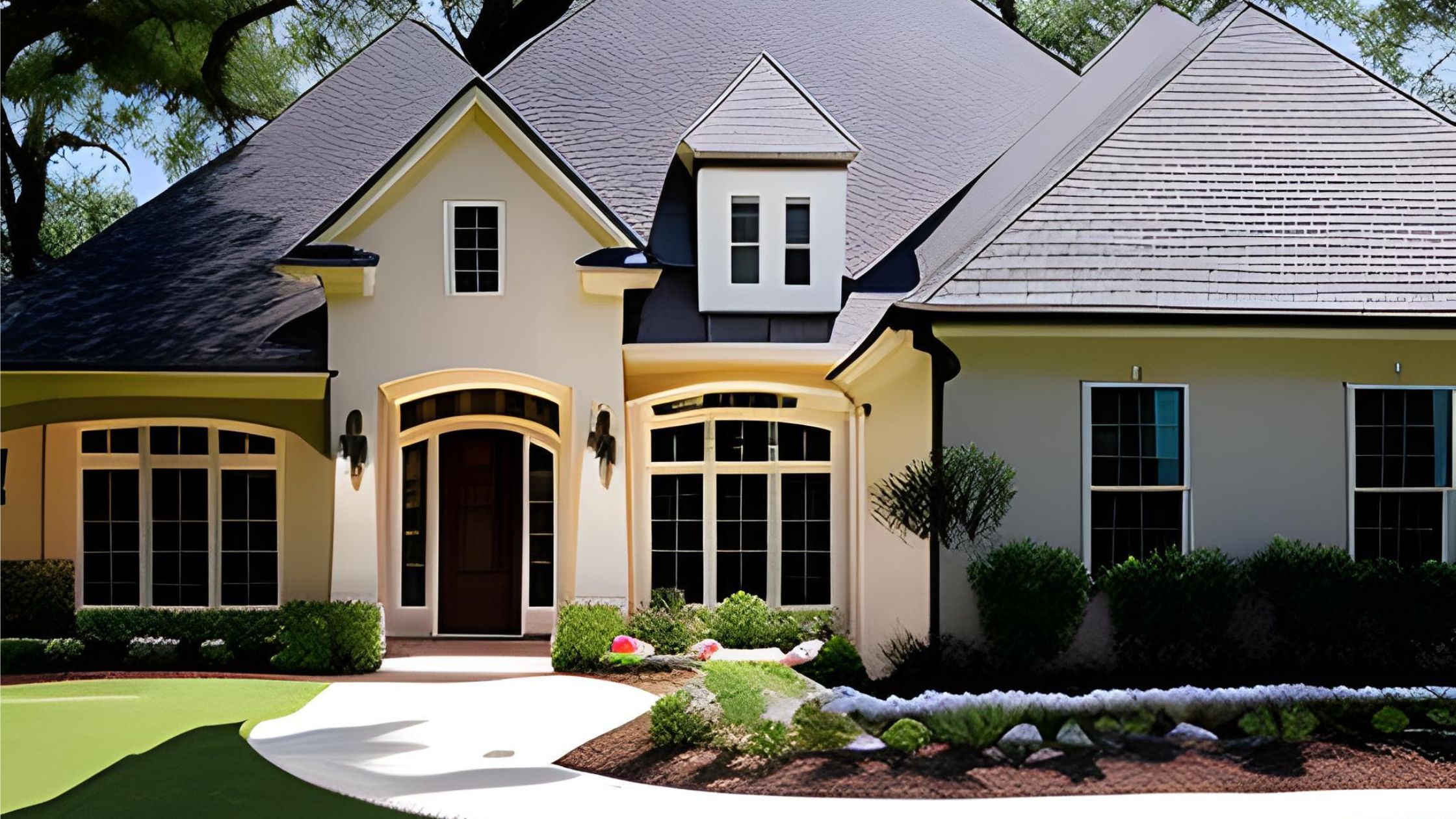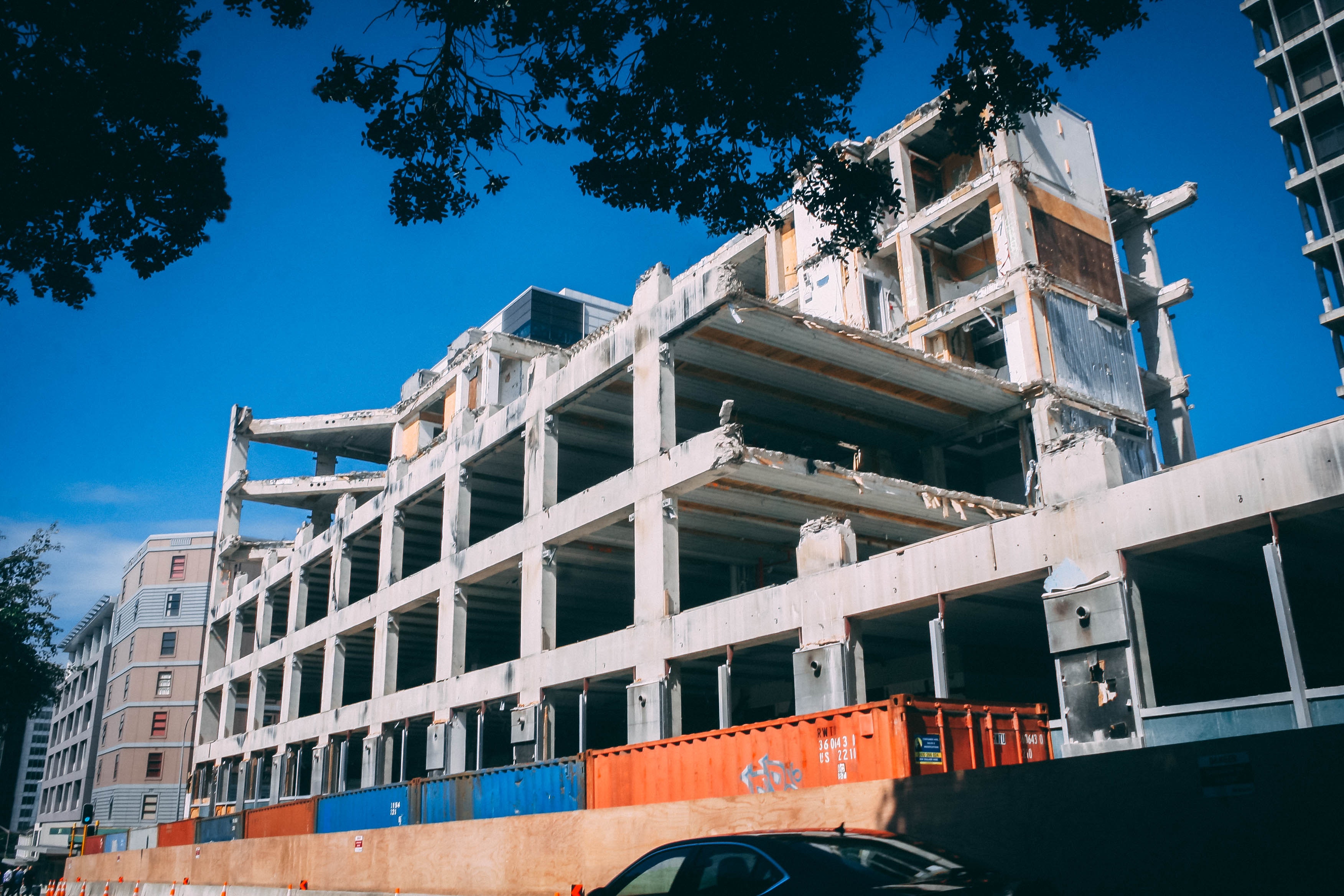Hailstorms are a common concern for Texas homeowners due to the state’s volatile weather conditions. As a homeowner, it’s vital to understand your insurance coverage for hail damage to protect your investment. This article explores homeowners insurance for hail damage in Texas, including coverage details, the claims process, and ways to fortify your property against hail.
Homeowners Insurance for Hail Damage in Texas
Most homeowners insurance policies in Texas typically cover hail damage, but coverage can vary widely depending on your insurer and the specifics of your policy.
Key Coverage Details to Examine:
- Coverage Limits: Understand the maximum amount your insurer will pay for repairs or replacements.
- Deductibles: These are your out-of-pocket expenses before your insurance benefits kick in.
- Policy Endorsements: You can enhance your coverage with additional options, particularly beneficial in hail-prone areas.
Regional Differences in Coverage
The likelihood of hail varies across Texas, influencing insurance premiums and coverage specifics. Homeowners in hail-prone areas, like the Texas Panhandle, may face higher premiums compared to those in regions with less frequent hail, such as Austin. Recognizing these differences ensures that your coverage matches your local risk level.
Navigating the Claims Process Efficiently
If hail damage occurs, follow these steps to streamline the claims process:
- Document the Damage: Capture detailed photos and videos from multiple angles to document the hail damage thoroughly.
- Contact Your Insurer: Report the damage promptly to begin the claims process.
- Provide Documentation: Submit the necessary documentation and claim forms to your insurer.
- Obtain Repair Estimates: Secure quotes from trusted contractors; your insurer might also dispatch an adjuster to evaluate the damage.
- Review the Settlement: Ensure the settlement offer covers all necessary repairs adequately.
- Proceed with Repairs: Engage contractors to repair the damage once the claim is settled.
Understanding Coverage Exceptions and Limitations
Be aware of several exceptions and limitations within homeowners insurance policies:
- Pre-existing Damage: Damage already present before the hailstorm generally isn’t covered.
- Negligence: A lack of maintenance can lead to denied claims.
- Flood Damage: Hail-associated flood damage isn’t covered under standard policies.
- Policy Exclusions: Some areas might have specific exclusions due to frequent hail occurrences.
Impact on Insurance Premiums
Filing a claim for hail damage might increase your insurance premiums, especially if you’ve filed multiple claims recently. It’s crucial to weigh the necessity of a claim against potential premium increases.
Proactive Measures to Protect Your Property
- Roof Inspection and Materials: Regular inspections can identify potential vulnerabilities. Investing in impact-resistant materials like modified asphalt shingles, metal roofing, or composite materials can reduce hail damage.
- Install Protective Measures: Storm shutters and upgraded siding materials provide extra protection against hail.
By thoroughly understanding your homeowner’s insurance coverage and implementing strategic improvements, you can enhance your home’s defenses against hail damage. To ensure optimal coverage, regular policy reviews and consultations with your insurance agent are recommended.




